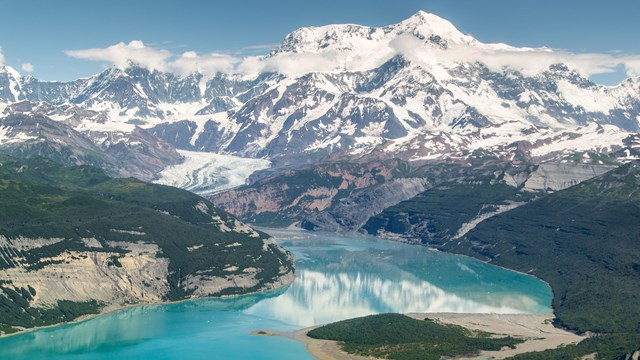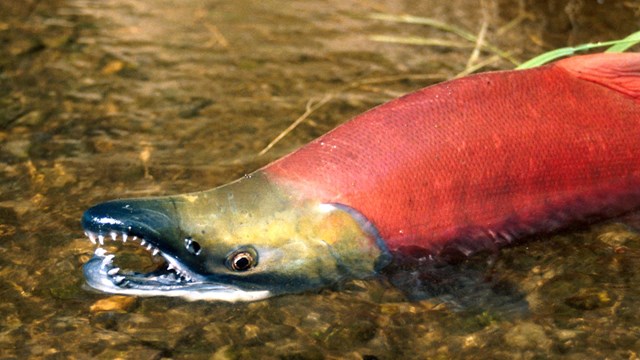TRADITION, SCIENCE & STEWARDSHIPParks are living laboratories where scientists ask questions and conduct research through observation and experiments. They learn from interactions of plants and animals in their natural environment. The National Park Service preserves the places and stories of discovery and uses what we learn through science to manage our natural and cultural resources. 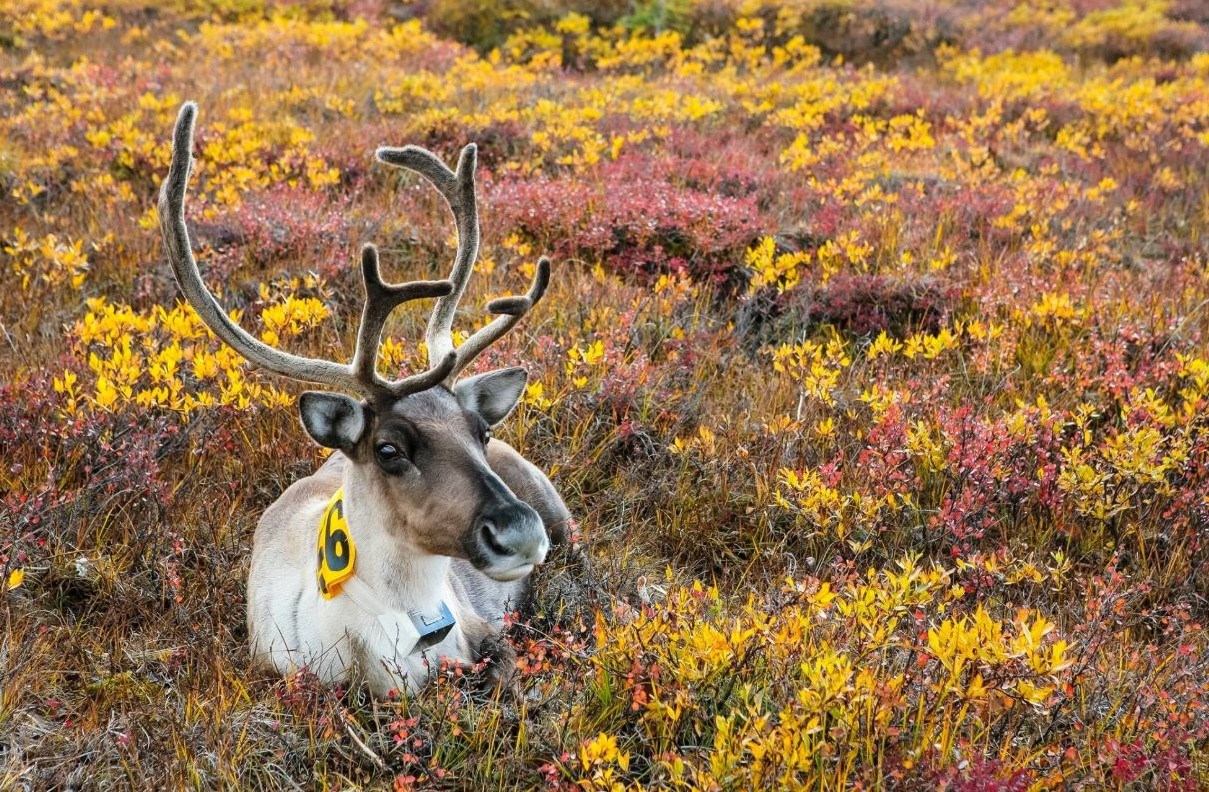
NPS Photo/Mason Reid The Chisana and Mentasta Caribou herds are closely monitored to ensure their populations remain healthy. 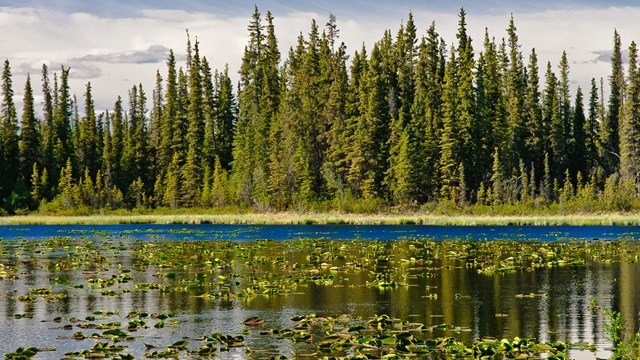
Ecology
Ecology is a branch of biology that studies the interactions among organisms and their biophysical environment, both biotic and abiotic. 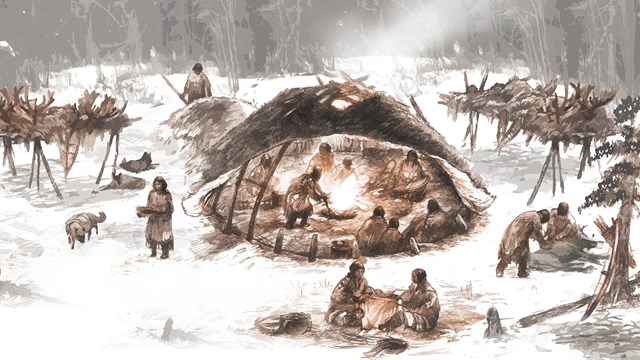
Archaeology
Archaeology is the study of human history and prehistory through the analysis of sites, artifacts and other physical remains. 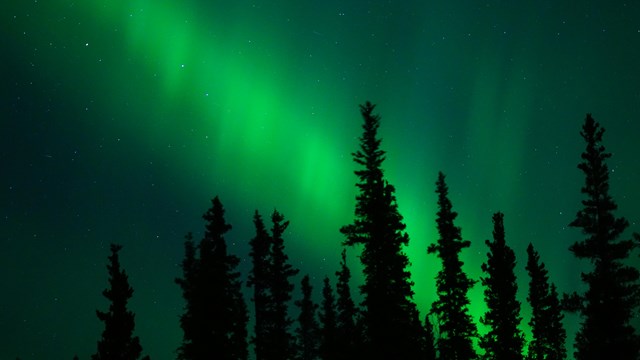
Aurora Borealis
A natural light phenomena occurs when atomic solar particles strike and excite atoms in Earth’s atmosphere, which emits photons and color. 
Paleontology
Paleontology is the study of prehistoric life which includes fossils of ammonites, mammoth and ichthyosaurs and their evolution. 
Glaciers
A Glacier is a slow moving river of ice formed by the accumulation and compaction of snow on mountains. 
Bats
Alaska is home to five species of bats, with the little brown bat (Myotis lucifugus) being the most abundant and widely distributed. 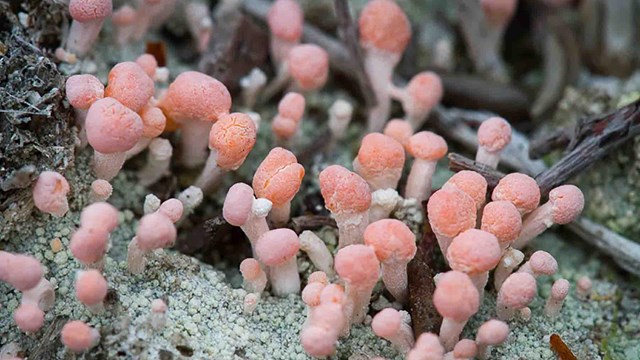
Lichens
A lichen consists of a fungus and an alga growing together in a symbiotic partnership, connected and sensitive to their environment. 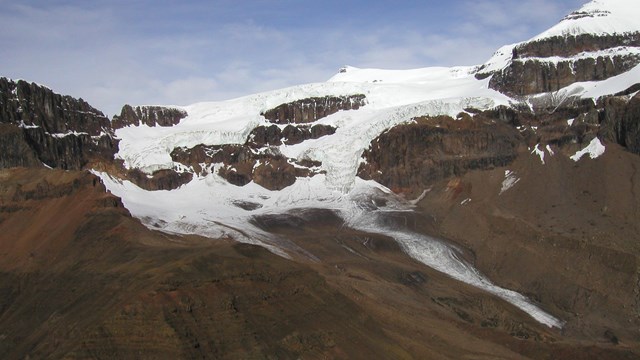
Climate Change
Change is a dynamic force of nature, ever present and constant. Scientists say that climate change is happening and there are consequences. 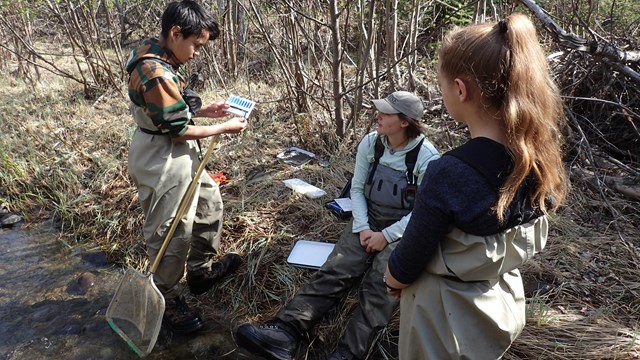
Citizen Science
Citizen scientists work alongside researchers to collect data and find answers to real-world questions and contribute valuable information. 
Coastal Landscapes
Huge mountains, enormous glaciers, and temperate rainforest meet the ocean, with 155 miles of remote coastline. 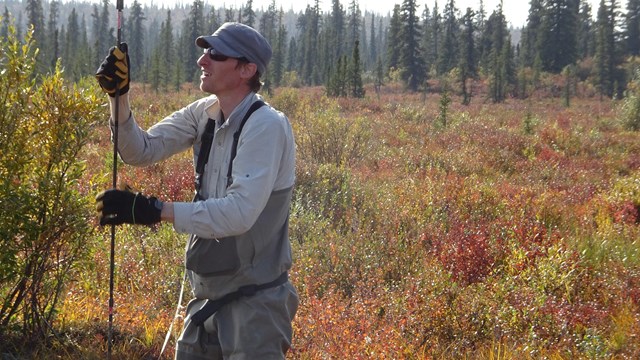
Central Alaska Inventory & Monitoring
Ecological monitoring to track changes in resources and processes helps us understand how these ecosystems work and their overall condition. 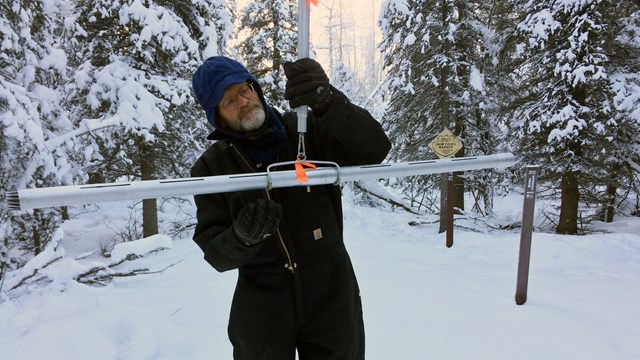
Alaska Park Science articles
Alaska Park Science is a publication covering science throughout Alaska. Dig into park-specific articles. NPS Article Search (www.nps.gov/media/articles/wrangell st elias) Information for ResearchersWrangell-St Elias NPP also hosts a number of academic researchers each year. Some researchers have sought special permission to conduct particular studies in the park, while others are awarded one of a variety of fellowships or researcher-in-residence status. Obtain instructions on how to apply for a research permit; logistical information for planning your research expedition; and other useful info.Research in Alaska National Parks |
Last updated: June 8, 2020

